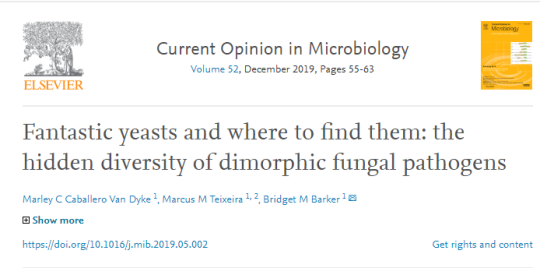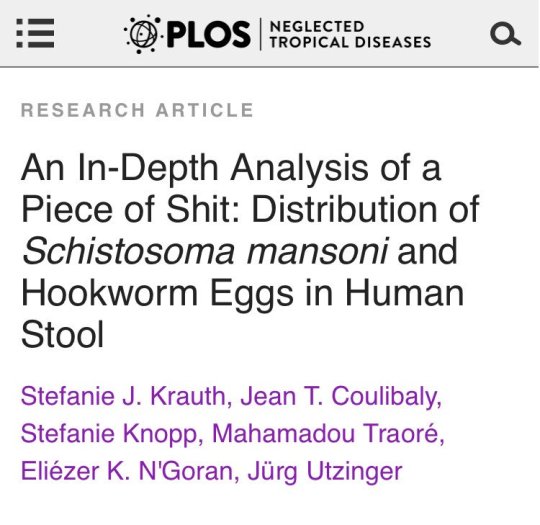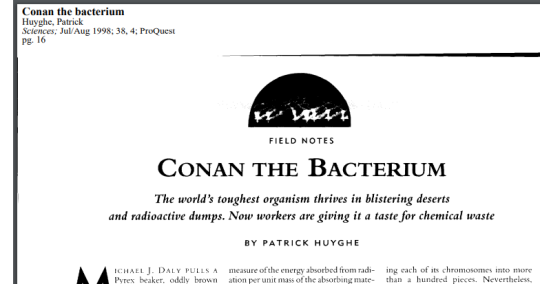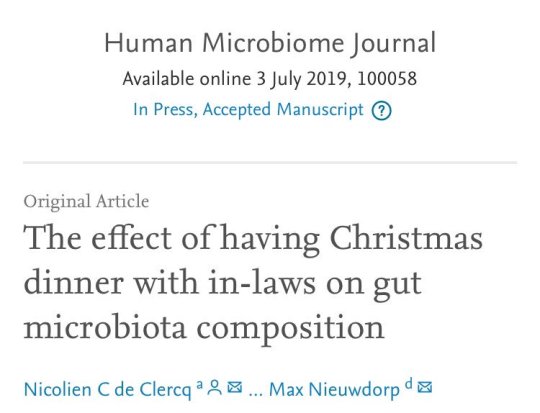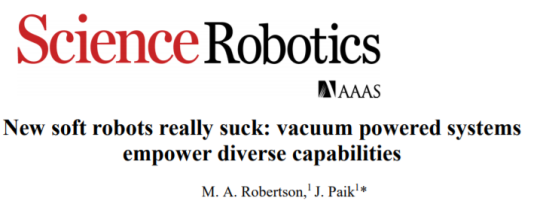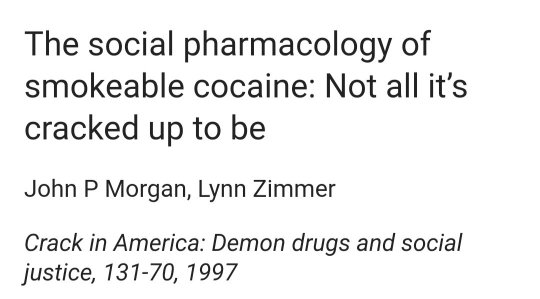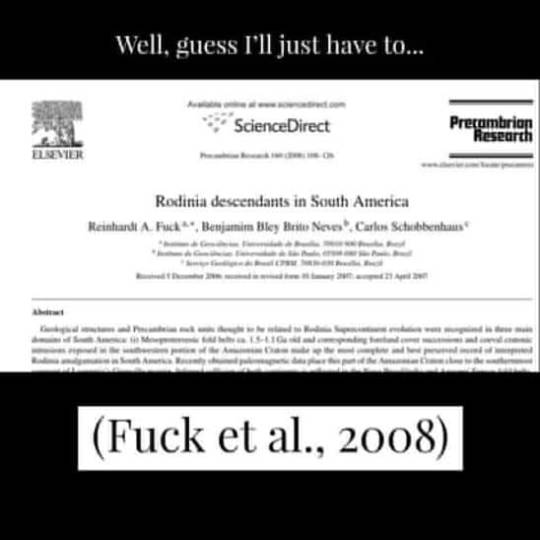Just a studyblr for a microbiology/public health double major.
Don't wanna be here? Send us removal request.
Photo

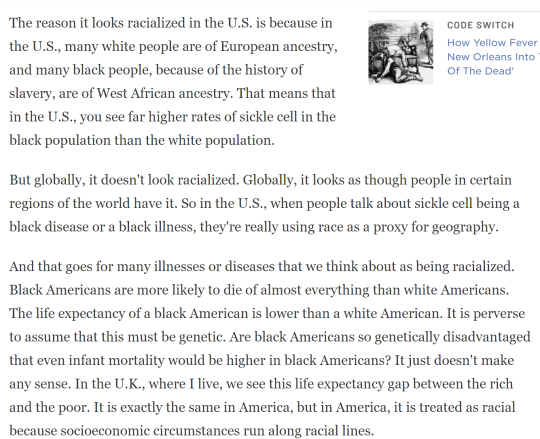
This NPR interview with with Angela Saini about how race science never really left the global scientific consciousness is super interesting! I’m gonna read her book!
85K notes
·
View notes
Photo

Carotene 🥕 planning a shop update for a few days and this hoop will be available too ✨ . . . . . #carotene #modernembroiderymovement #embroideryhoop #craftsfeed #conteporarycraft #handmadeparade #ihavethisthingwiththread #embroiderywork #nicegirlsneedleclub #stitchart #needlecraft #mycreativebizz #herestothecreatives #theeverydayproject #girlpreneur #shareyourwork #makeartthatsells #createsomethingeveryday #dstexture https://www.instagram.com/p/Bx7mYnHhA80/?igshid=vhbutmw4w1g9
152 notes
·
View notes
Video
The difference between a good photograph and a National Geographic photograph is often just a slight shift in perspective. Sometimes a ladder is really inexpensive tool (less so in my case, since I had to fly it to the remote Indian Ocean atoll of Aldabra) to obtain a different point of view. This proved to be the case on assignment for @natgeo in Seychelles a few years ago, when the ladder helped me create the opening image for this story. I have posted that particular photograph before, but I will post it again tomorrow for reference. Aldabra has the highest concentration of blacktip reef sharks I have ever experienced. The sheer abundance of sharks there is completely out of this world. At low tide they congregate in a small lagoon on a reef flat where a brisk current bathes them in cooler well oxygenated water. They avoid the deeper water off the reef edge where bigger sharks may prey on them. Time lapse video by my assistant and talented videographer @ottowhitehead
thomaspeschak
89K notes
·
View notes
Text
99 legal sites to download literature
The Classics
Browse works by Mark Twain, Joseph Conrad and other famous authors here.
Classic Bookshelf: This site has put classic novels online, from Charles Dickens to Charlotte Bronte.
The Online Books Page: The University of Pennsylvania hosts this book search and database.
Project Gutenberg: This famous site has over 27,000 free books online.
Page by Page Books: Find books by Sir Arthur Conan Doyle and H.G. Wells, as well as speeches from George W. Bush on this site.
Classic Book Library: Genres here include historical fiction, history, science fiction, mystery, romance and children’s literature, but they’re all classics.
Classic Reader: Here you can read Shakespeare, young adult fiction and more.
Read Print: From George Orwell to Alexandre Dumas to George Eliot to Charles Darwin, this online library is stocked with the best classics.
Planet eBook: Download free classic literature titles here, from Dostoevsky to D.H. Lawrence to Joseph Conrad.
The Spectator Project: Montclair State University’s project features full-text, online versions of The Spectator and The Tatler.
Bibliomania: This site has more than 2,000 classic texts, plus study guides and reference books.
Online Library of Literature: Find full and unabridged texts of classic literature, including the Bronte sisters, Mark Twain and more.
Bartleby: Bartleby has much more than just the classics, but its collection of anthologies and other important novels made it famous.
Fiction.us: Fiction.us has a huge selection of novels, including works by Lewis Carroll, Willa Cather, Sherwood Anderson, Flaubert, George Eliot, F. Scott Fitzgerald and others.
Free Classic Literature: Find British authors like Shakespeare and Sir Arthur Conan Doyle, plus other authors like Jules Verne, Mark Twain, and more.
Textbooks
If you don’t absolutely need to pay for your textbooks, save yourself a few hundred dollars by reviewing these sites.
Textbook Revolution: Find biology, business, engineering, mathematics and world history textbooks here.
Wikibooks: From cookbooks to the computing department, find instructional and educational materials here.
KnowThis Free Online Textbooks: Get directed to stats textbooks and more.
Online Medical Textbooks: Find books about plastic surgery, anatomy and more here.
Online Science and Math Textbooks: Access biochemistry, chemistry, aeronautics, medical manuals and other textbooks here.
MIT Open Courseware Supplemental Resources: Find free videos, textbooks and more on the subjects of mechanical engineering, mathematics, chemistry and more.
Flat World Knowledge: This innovative site has created an open college textbooks platform that will launch in January 2009.
Free Business Textbooks: Find free books to go along with accounting, economics and other business classes.
Light and Matter: Here you can access open source physics textbooks.
eMedicine: This project from WebMD is continuously updated and has articles and references on surgery, pediatrics and more.
Keep reading
112K notes
·
View notes
Text
How Math Can Be Racist: Giraffing
You may have heard about AOC catching a lot of flack from conservatives for claiming that computer algorithms can be biased – in the sense of being racist, sexist, et cetera. How, these people asked, can something made of math be biased? It’s math, so it must be objectively correct, right?
Well, any computer scientist or experienced programmer knows right away that being “made of math” does not demonstrate anything about the accuracy or utility of a program. Math is a lot more of a social construct than most people think. But we don’t need to spend years taking classes in algorithms to understand how and why the types of algorithms used in artificial intelligence systems today can be tremendously biased. Here, look at these four photos. What do they have in common?

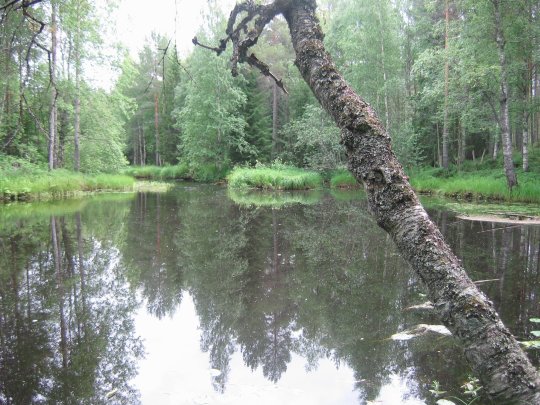

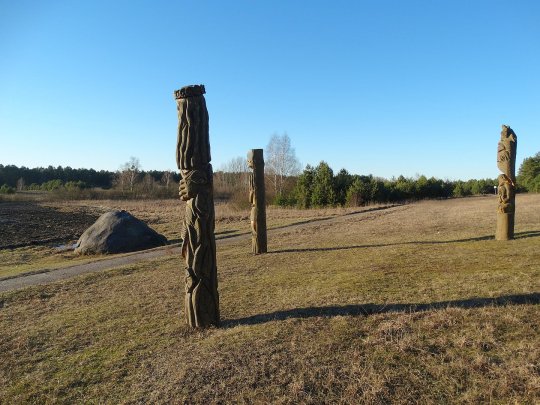
You’re probably thinking “they’re all outdoors, I guess…?” But they have something much more profound in common than that. They’re all photos of giraffes!
At least, that’s what Microsoft’s world-class, state-of-the-art artificial intelligence claimed when shown each of these pictures. You don’t see any giraffes? Well, the computer said so. It used math to come to this conclusion. Lots of math. And data! This AI learns from photographs, which of course depict the hard truth of reality. Right?
It turns out that mistaking things for giraffes is a very common issue with computer vision systems. How? Why? It’s quite simple. Humans universally find giraffes very interesting. How many depictions of a giraffe have you seen in your life? And how many actual giraffes have you seen? Many people have seen one or two, if they’re lucky. But can you imagine seeing a real giraffe and not stopping to take a photo? Everyone takes a photo if they see a giraffe. It’s a giraffe!
The end result is that giraffes are vastly overrepresented in photo databases compared to the real world. Artificial intelligence systems are trained on massive amounts of “real world data” such as labeled photos. This means the learning algorithms see a lot of giraffes… and they come to the mathematically correct conclusion: giraffes are everywhere. One should reasonably expect there might be a giraffe in any random image.
Look at the four photos again. Each of them contains a strong vertical element. The computer vision system has incorrectly come to the belief that long, near-vertical lines in general are very likely to be a giraffe’s neck. This might be a “correct” adaptation if the vision system’s only task was sorting pictures of zoo animals. But since its goal is to recognize everything in the real world, it’s a very bad adaptation. Giraffes are actually very unlikely.
Now, here’s the clincher: there are thousands and thousands of things that are over-represented or under-represented in photo databases. The AI is thoroughly giraffed in more ways than we could possibly guess or anticipate. How do you even measure such a thing? You only have the data you have – the dataset you trained the AI with in the first place.
This is how computer algorithms “made of math” can be sexist, racist, or any other sort of prejudiced that a human can be. Face photo datasets are highly biased towards certain types of appearances. Datasets about what demographics are most likely to commit crimes were assembled by humans who may have made fundamentally racist decisions about who did and didn’t commit a crime. All datasets have their giraffes. Here’s a real world example where the giraffe was the name “Jared.”
Any time “a computer” or “math” is involved in making decisions, you need to ask yourself: what’s been giraffed up this time?
Thanks to Janelle Shane whose tweet showing her asking an AI how many giraffes are in the photograph of The Dress prompted this post.
Please note that Microsoft does try to take steps to correct their computer vision system’s errors, so the above photos may have improved their detections since they were first evaluated by @picdescbot. (They did all still register as giraffes on 31 Jan 2019.)
21K notes
·
View notes
Link
Using the ‘molecular scissor’ editing technique CRISPR, a gene known as “doublesex” in the bugs has been altered. The gene transforms female mosquitoes, taking away their biting ability and making them infertile.
22K notes
·
View notes
Text
The Transgender Scientists That Changed the World of Science.
As this week is Transgender Week of Awareness (12th - 19th November) I felt it was a good time to bring awareness to some of the more well-known transgender scientists that changed science. Trans people have always been apart of scientific discovery but like most minorities within STEM have struggled to gain recognition for their contributions.

Alan Hart (1890–1962) | Epidemiology

A Yale-trained epidemiologist, radiologist and physician, Hart one of the first trans men in the US to undergo a hysterectomy and live openly as a man, taking testosterone treatments when they became available after World War II. Hart also become a prominent figure in the fight against tuberculosis, which at the time was the leading cause of death in Europe and the US. He graduated with a medical degree in 1912 and later in 1928 received a master’s degree in radiology. He eventually became an expert on tubercular radiology and published several articles on X-ray medicine and its use in the detection of tuberculosis and went on to gain another master’s degree in public health in 1948.
Hart then served as the director of hospitalization and rehabilitation at the Connecticut State Tuberculosis Commission and continued to dedicate his professional life to tuberculosis research.
Ben Barres (1954 - 2017) | Neuroscience

Barres was the first openly transgender scientist in the National Academy of Sciences in 2013 and talked openly about his experience of sexism pre-transition and advocated for better gender equality within science. Barres research focused on the interaction between neurons and glial cells in the nervous system. Barres showed that the gila, which at the time were often dismissed by neurologists as simple the support structure for the brain, had important functions in helping neurons to mature and producing connections between memory and learning functions. This discovery revolutionised neruobiologists understanding of the brain.
Barres also went on to mentor many young scientists and repeatedly spoke about the systemic barriers and biases that kept marginalised groups such as women, poc and LGBT people, from succeeding or furthering their careers and research within science.
Sophie Wilson | Computer Science

Sophie Wilson is a British computer scientist who is known for designing the Acorn Micro-Computer, the first computer sold by Acorn Computers. She also designed the instruction set of ARM processor which is used in 21st-century smartphones and is considered one of the most important woman in tech history.
Lynn Ann Conway | Computer Science

A pioneer of a number of technological advancements and inventions, Conway is an American computer scientist, electrical engineer and inventor. She first worked at IMB in the 1960′s designing a super computer and is credited with the invention of generalised dynamic instruction handling, now used by modern computer processors in order to improve performance. She was fired after she revealed her intention to transition and was denied access to her children.
After she transitioned she restarted her career and authored the Mead & Conway revolution in VLSI design, that was considered groundbreaking work that quickly become a standard textbook in chip design.
Joan Roughgarden | Biology

known for her critical studies on Charles Darwin’s theory of sexual selection and LGBT biology, Roughgarden is an American ecologist and evolutionary biologist, having published over 180 scientific articles and books. Roughgarden has carried out ecological studies on barnacles, Caribbean lizards but is most known for her published book critiquing Darwin’s sexual selection theory based on the fact it fails to answer and consider animals which do not follow traditional sex roles of intrasexual and intersexual selection. She was met with bitter and vitrioli criticism from other scientists for publishing such views, to which she was not surprised.
Roughgarden went on to publish a second book further pointing out over 26 phenomena which the current sexual-selection theory does not explain, and instead suggests the social-selection theory. She continues to make analytical studies that social selection is a more credible explanation.
Honorable mentions to these transgender scientists:
Audrey Tang
Angela Clayton
Kate Craig-Wood
Mary Ann Horton
Christa Muth
And to all the unseen and unnamed transgender scientists.
23K notes
·
View notes
Text
Wow wtf HIV/AIDS was discovered by Flossie Wong-Staal, an Chinese-American woman, and she’s the reason the HIV test even exists. AND THEN she invented the molecular knife that lead to treatments for HIV/AIDS. And she’s STILL ALIVE. We don’t hear about the contributions of Women of Color enough, my word. Madness.
298K notes
·
View notes
Text
my bio prof: which parasite caused the potato famine?
the tiny desperate tired voice in my head: don’t say the english, it’s correct, but don’t say it
227K notes
·
View notes
Text
إنسانية 🕊️
نزعت الخطاف من فم احد القروش وعند مشاهدة القروش الاخرى لذلك صارت القروش تأتي لنفس المكان لنزع الخطاف من فمها علما ان هذه القروش لا تحب ان يلمسها احد.
هذا في البهاما والغواصة ،خلال الـ 15 سنة الماضية ، أزالت 250 خطاف.
94K notes
·
View notes
Photo
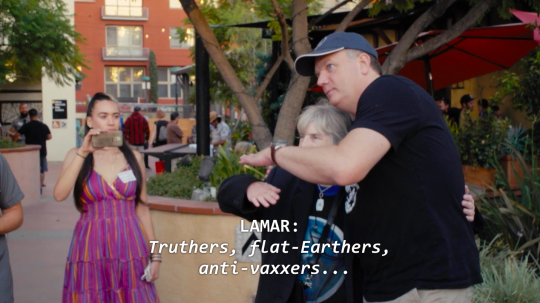
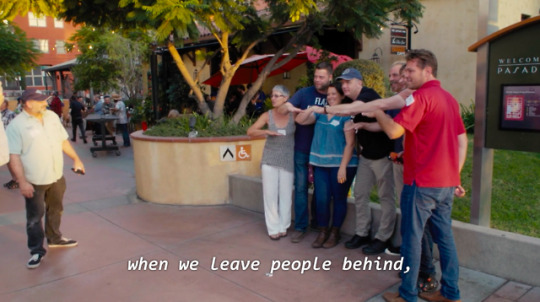
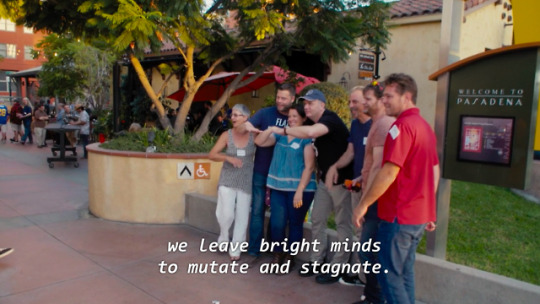
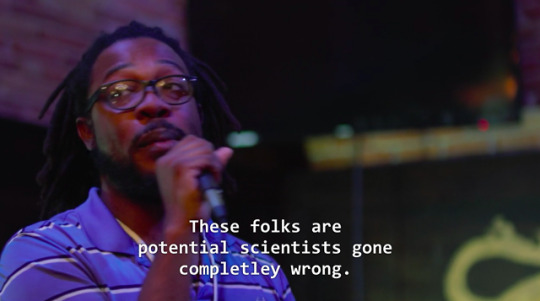
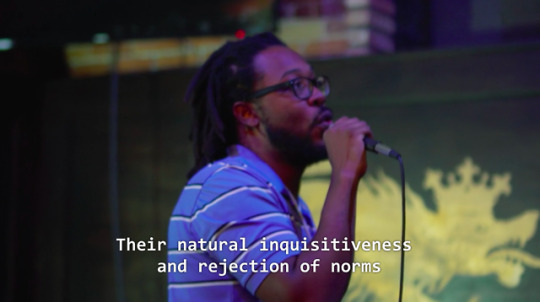
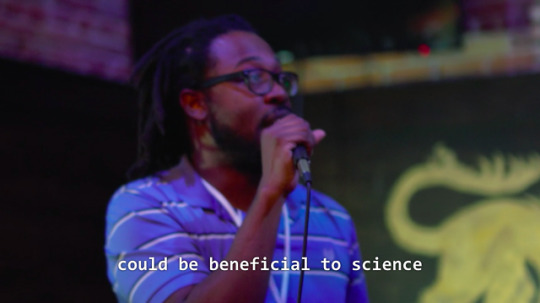

I really like what this physicist, Lamar Glover, has to say in Behind the Curve.
+ this part from Spiros Michalakis:





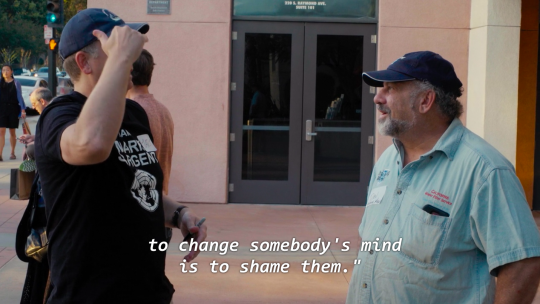



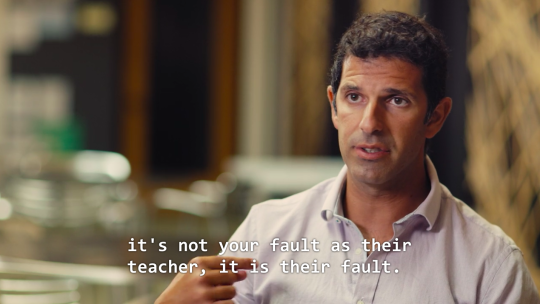







133K notes
·
View notes
Link
What you need to know about the “zombie deer” disease:
1. Chronic Wasting Disease is sometimes called “zombie deer” disease, presumably because that sounds scary and weird. Also it affects the deer’s brains.
2. It has been around for a long time and it’s common knowledge in hunting communities. I believe “zombie deer” has been in the news lately because of a recent report from the Center for Disease Control and Prevention. The report states that CWD has been found in 24 states. But, nothing really new has happened.
3. Pictures of deer with tumors, warts, and in normal states of decay are irrelevant to Chronic Wasting Disease. You can call whatever you want a “zombie deer” but CWD does not cause gross symptoms like warts.
4. It does cause salivating, head tilt, odd behavior, and starvation. Those symptoms can take 1.5-2 years to manifest, though.
5. CWD is caused by a misfolded protein, not a living bacteria or parasite, so you can’t really kill it (but you can destroy it.)
6. There has never been a documented case of a human getting CWD. People have eaten meat with confirmed cases of CWD and were fine afterward.
7. However, there are good reasons to think it’s possible for humans to get the disease, as Mad Cow Disease made the jump from cattle to humans. Read the linked article for more on the scientific debate; I talked to the author and she says it’s still up-to-date scientifically despite being a few years old.
316 notes
·
View notes
Link
While we’re talking about Chronic Wasting disease, if you’re really interested in deer, diseases, midwestern economies, hunting ethics, or the hazy line between livestock and wildlife, I strongly recommend Buck Fever. It’s a pivotal piece in cervine journalism.
This is a long but very fair, detailed look at the world of deer farming, breeding deer, often with absurdly large antlers for people to pay to shoot in “captive” or “canned” hunts.
275 notes
·
View notes
